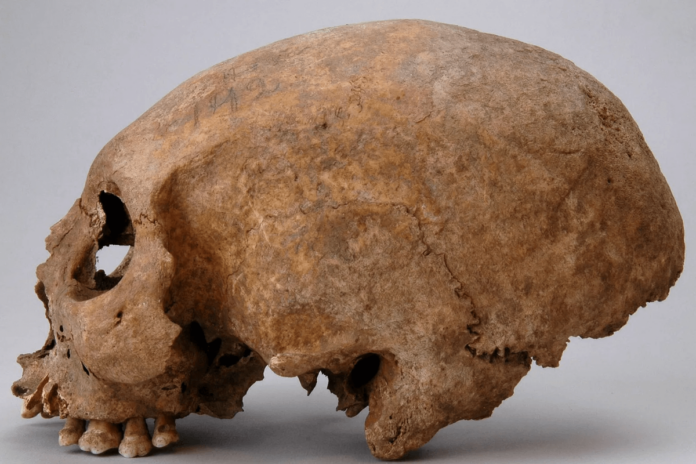In recent times, an intriguing aspect of Viking Age culture has emerged: the practice of permanent body modification. Among the most captivating findings are three women from the Baltic Sea island of Gotland, who lived during the Viking Age and had their skulls artificially elongated. This research sheds light on a remarkable tradition of body modification that was prevalent among the Norse and Vikings.
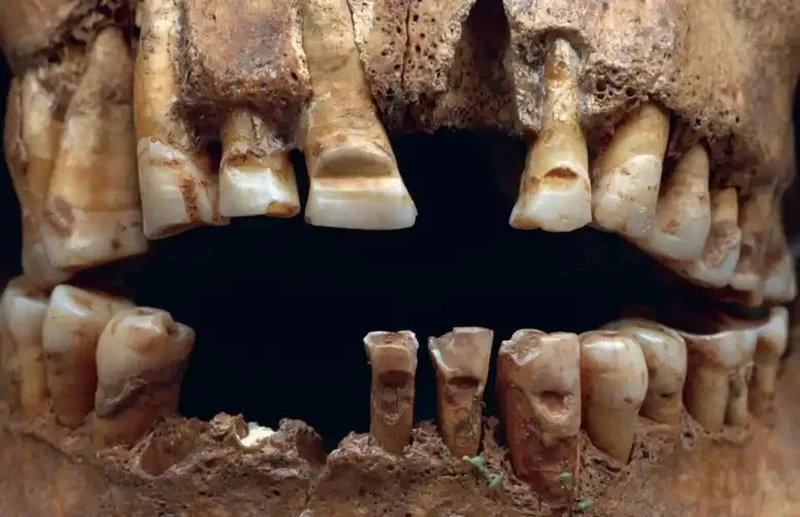
Research and Findings
The study, conducted by Matthias Toplak and Lukas Kerk and published in the journal Current Swedish Archaeology, brings to light evidence of cranial modifications in Viking Age women. Around 130 individuals, mostly men, were found to have horizontal grooves carved into their teeth, with a significant number of these cases on Gotland. These dental modifications have been interpreted in various ways, ranging from slave marks to symbols of warrior elites. However, the researchers propose that these alterations may have served as identity markers within a close-knit group of traders.
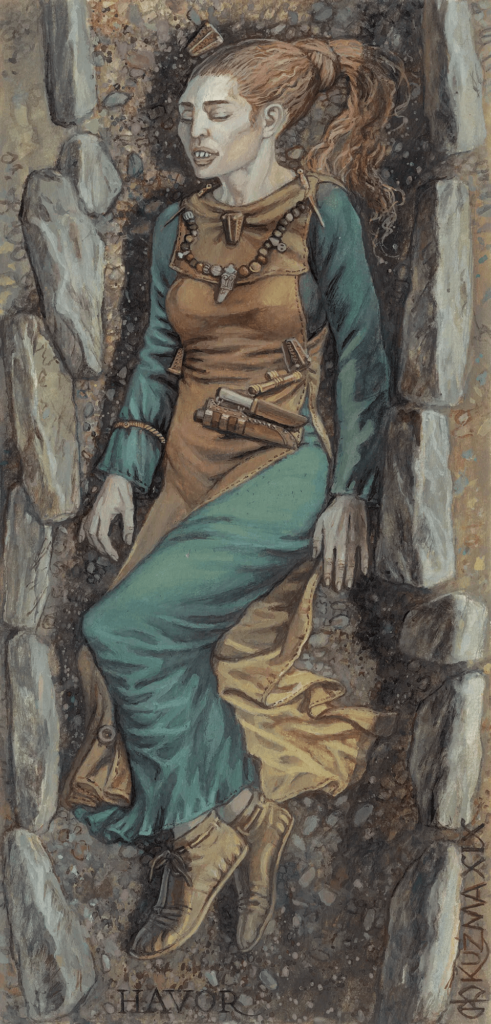
The Remarkable Skull Modifications
So far, artificial cranial modifications during the Viking Age have only been identified in three female individuals from Gotland. These women, who lived during the latter part of the eleventh century, were buried in different locations across the island. Their elongated skulls gave them a distinct and striking appearance. In two of the cases, further details were provided: one woman died between the ages of 25 and 30, while the other was between 55 and 60 years old.
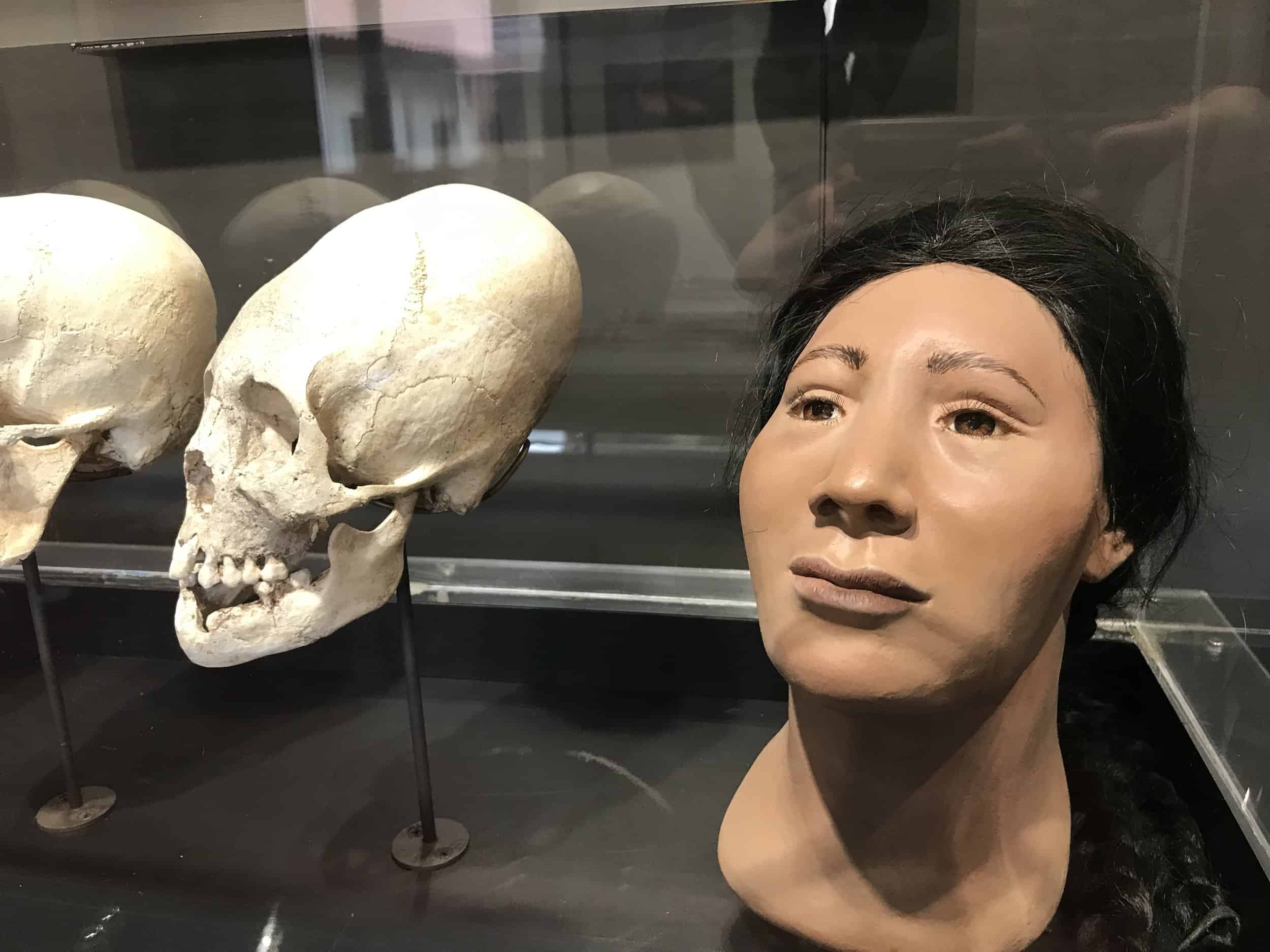
Cultural Roots and Influences
In contrast to dental modifications, these cranial alterations seem foreign to Scandinavian Viking culture. Similar practices were documented in Eastern Europe from the 9th to the 11th century AD, suggesting that this custom may have originated there. The presence of these women with modified skulls raises questions about the ways in which Gotland society interacted with and reinterpreted this foreign identity practice.
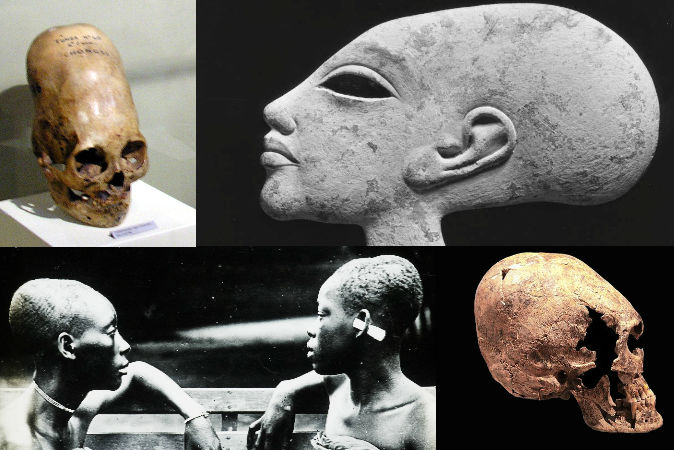
Theories on the Introduction of Skull Modification
The researchers put forward two main theories regarding how the custom of skull modification reached Gotland. One possibility is that the three women were born in southeastern Europe, possibly as children of Gotlandic or East Baltic traders, and had their skulls modified during their early years. Alternatively, the modifications might have been performed on Gotland or in the eastern Baltic region, representing a cultural adoption previously unknown in Scandinavian Viking Age practices. The close chronological dating of the three burials and the similarity in the execution of the skull modifications suggest a shared background for these women.
Integration into Gotland Society
These three women were buried in elaborately adorned tombs, complete with jewelry and accessories typical of Gotland women’s attire, indicating their acceptance and integration into the local community. Although their religious affiliations remain unclear, Toplak and Kerk suggest that they were interred within a Christian context.
Conclusion
The discovery of three Viking Age women with elongated skulls on Gotland offers unique insights into the body modification practices of that era. The study by Toplak and Kerk underscores the complex cultural interactions and influences that shaped Viking society. These findings continue to captivate researchers, offering a deeper understanding of the diversity and adaptability of Viking Age communities.



